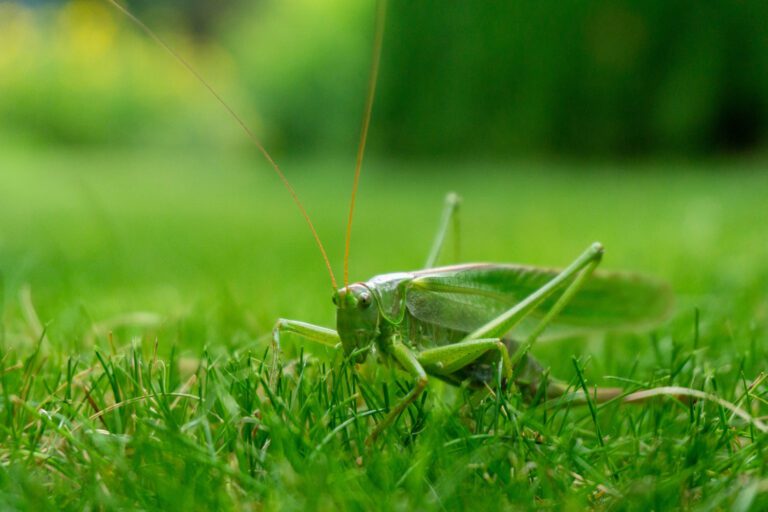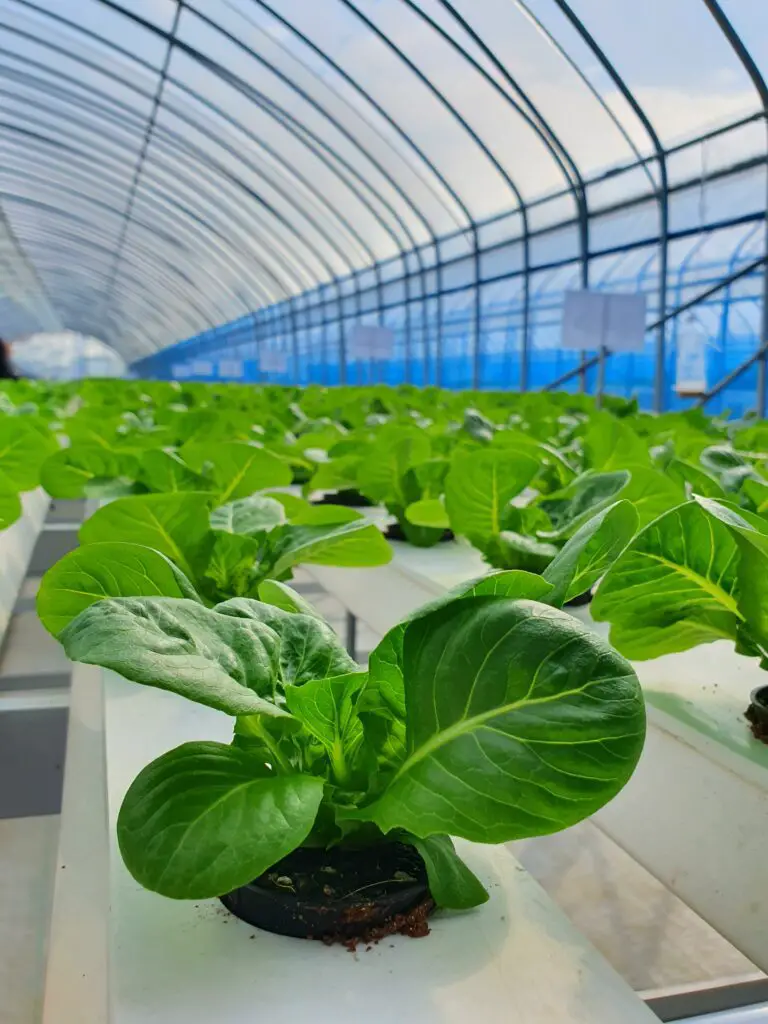Bloom Year-Round with Your Indoor Flower Garden
Did you know indoor gardening can cut stress by up to 60%? A University of Queensland study found this. It shows how much an indoor flower garden can change your home and mind.
Imagine turning your home into a colorful, lively space. You’ll also get to enjoy the calm of caring for your plants. It’s a win-win for your home and your mood.
With the right steps, you can make your indoor garden bloom all year. It makes your home look better and feels more peaceful. Let’s dive into the magic of indoor gardening and learn how to make your garden flourish.
Understanding Indoor Gardening
Indoor gardening lets you create a beautiful home environment. It brings many benefits, like making your space look better and improving your mood. With the right knowledge, anyone can grow vibrant flowers and plants indoors.
Benefits of Indoor Gardening
Indoor gardening has many advantages for your home and well-being. Some key benefits include:
- Air purification: Plants clean the air, making your home healthier.
- Stress relief: Caring for plants can help you relax and feel calm.
- Aesthetic enhancement: Indoor flowers add color and texture to any room.
- Personal achievement: Growing flowers can make you feel proud and accomplished.
Getting Started with Indoor Gardening
Starting an indoor garden is easy. Just follow a few simple steps to create a beautiful space:
- Select the right flowers: Pick flowers that match your home’s light and humidity.
- Understand light and humidity requirements: Learn what each flower needs to grow well.
- Set realistic goals: Start with easy flowers. As you get better, try harder ones.
| Flower Type | Light Requirement | Humidity Level |
|---|---|---|
| Peace Lily | Low to medium light | 50-60% |
| Spider Plant | Bright, indirect light | 40-50% |
| Geranium | Full sunlight (6+ hours) | Low humidity |
| African Violet | Moderate light | 50-70% |
Starting your indoor gardening journey can be very rewarding. You’ll enjoy fresh air, less stress, and beautiful flowers in your home. Start today and see the difference it makes.
Creating the Perfect Indoor Flower Garden
Creating a perfect indoor flower garden needs careful thought. It doesn’t matter if you’re new to gardening or have experience. Choosing the right spot and getting the right supplies are key to success.
Choosing the Right Location
Start by checking your home for the best spot. Think about these things:
- Light levels: Indoor flowers love bright, indirect light. Find a spot with plenty of light all day.
- Temperature: Most flowers do best in temperatures between 65°F and 75°F. Stay away from heating vents or drafts.
- Humidity: Some flowers like more humidity. If your home is dry, use a humidifier or a water tray nearby.
Essential Supplies for Your Indoor Flower Garden
To take care of your indoor garden, get these supplies:
- Pots: Pick containers with good drainage for healthy roots.
- Potting soil: Choose a quality potting mix that drains well but holds moisture.
- Drainage materials: Add gravel or perlite at the bottom of pots to prevent waterlogging.
Amazon has a wide range of indoor flower garden supplies. They help you create a beautiful and thriving garden indoors.
Flower Garden Tips for Year-Round Blooms
To keep your indoor flower garden lively all year, plan carefully. Pick the right plants for each season. Make sure your plants get enough light, no matter the time.
Seasonal Plant Selection
Choosing the right flowers for each season is key. Your local climate and indoor light matter a lot. Here are some great picks for different times:
- Spring: Daffodils, tulips, and hyacinths brighten your home as spring arrives.
- Summer: Geraniums, begonias, and impatiens love the sun and grow well in summer.
- Fall: Chrysanthemums and asters add autumn colors to your space.
- Winter: Paperwhite narcissus and cyclamen bring joy in the cold months.
Maximizing Light with Indoor Plants
Light is crucial for year-round blooms. Here’s how to make the most of it:
- Place plants by a south-facing window for the best sunlight.
- Use mirrors to reflect light and brighten the room.
- Rotate plants to ensure even light on all sides.
- Grow lights help during winter’s short days.
| Season | Recommended Flowers | Light Requirements |
|---|---|---|
| Spring | Daffodils, Tulips, Hyacinths | Moderate to bright light |
| Summer | Geraniums, Begonias, Impatiens | Bright indirect light |
| Fall | Chrysanthemums, Asters | Bright sunlight |
| Winter | Paperwhite Narcissus, Cyclamen | Bright indirect light |
By choosing the right flowers and managing light, your indoor garden will bloom all year. This not only beautifies your home but also improves your indoor air.
Best Indoor Flowers for Your Space
Finding the right indoor flowers can make your living space beautiful and bring nature inside. You can choose from low-maintenance flowers for busy lives or plants that grow well in little light. Here are some top picks for indoor flowers that do well in different settings.
Top Low-Maintenance Indoor Flowers
Low-maintenance flowers are perfect for those with a lot on their plate. They need little care but still look amazing. Some favorites include:
- Peace Lily: Its elegant white flowers and air-purifying qualities make it a standout.
- Pothos: A hardy plant with trailing vines, great for adding greenery.
- Spider Plant: It has arching leaves and small, offshoot flowers.
Flowers That Thrive in Low Light
Even without lots of sunlight, you can still have beautiful flowers. These plants do well in shaded areas and grow well with indirect light. Some great choices are:
- Snake Plant: Its striking foliage and ability to survive with little care make it a winner.
- ZZ Plant: Its dark green, waxy leaves add elegance and thrive in low light.
- Cast Iron Plant: It’s very resilient and needs little care, making it adaptable to many conditions.
| Flower Type | Care Level | Light Requirements |
|---|---|---|
| Peace Lily | Low | Low to Moderate |
| Pothos | Low | Low to Moderate |
| Snake Plant | Very Low | Low |
| ZZ Plant | Very Low | Low |
| Spider Plant | Low | Moderate |
| Cast Iron Plant | Very Low | Low |
With so many low-maintenance and low-light options, creating a thriving indoor garden is easy. Adding the best indoor flowers to your space makes it more beautiful. Plus, it requires less effort to keep them looking great.
Indoor Plant Care Basics
Successful indoor plant care starts with two key things: the right watering methods and the best soil. Learning these basics can make your indoor flowers healthier and last longer.
Watering Techniques for Indoor Flowers
Watering indoor flowers right is key to keeping them alive and thriving. The bottom watering method is a good choice. It involves putting pots in a water tray. This lets the roots soak up water slowly, avoiding too much water and helping plants grow well.
- Check soil moisture regularly to determine when to water.
- Water less frequently during the winter months when plants are dormant.
- Use room temperature water to avoid shocking the plant.
Soil and Fertilization Tips
Choosing the right soil is crucial for indoor gardening. A good potting mix with organic matter gives plants the nutrients they need. Look for a mix made for indoor plants, with ingredients like peat moss, perlite, and compost.
Also, fertilizing plants regularly helps their health. Organic fertilizers are a natural choice. Pick ones made for flowering indoor plants and follow the instructions on the package.
“Healthy soil and proper watering are the foundation of successful indoor gardening.”
Indoor Flower Arrangements: Creative Ideas
Transform your home into a floral paradise with creative indoor flower arrangements. The right containers and color schemes are key to stunning displays. Think about how different containers can show off your flowers and match your home’s style.
Choosing the Right Containers
Choosing creative flower containers lets you show your style. You can pick from sleek ceramic pots to rustic wooden boxes. *Sustainable choices* like recycled materials add an eco-friendly touch. Find unique containers at local shops or online on Amazon to make your arrangements stand out.
Color Schemes and Design Principles
Creating a cohesive color scheme can take your floral designs to the next level. Here are some color principles to consider:
- Monochromatic: Use different shades of one color for a classy look.
- Complementary: Pair colors on opposite sides of the color wheel for bold contrast.
- Analogous: Choose colors next to each other on the wheel for a smooth feel.
Using these design principles can make your arrangements vibrant and eye-catching. Let your creativity and personality shine in your indoor flower arrangements.
Indoor Garden Design Inspirations
Starting an indoor garden is all about design. You can go for sleek minimalism or vibrant bohemian. The goal is to make your garden look good and interesting.
Styling Your Indoor Flower Garden
Think about colors, textures, and how you arrange things. Use colors that make flowers pop. Choose pots that match your style, like white for a clean look or wooden for warmth.
- Choose a color palette that resonates with your home decor.
- Group plants of varying heights to create visual interest.
- Mix different textures, such as smooth ceramics and woven baskets.
Incorporating Other Indoor Plants
Adding plants like ferns, succulents, and snake plants can make your garden better. They add variety and make your space feel complete. Try using shelves or hanging planters to save space and add height.
| Plant Type | Ideal Light Conditions | Watering Needs | Design Benefit |
|---|---|---|---|
| Ferns | Indirect light | Keep soil moist | Fluffy texture adds softness |
| Succulents | Bright, direct light | Allow soil to dry | Unique shapes for interest |
| Snake Plants | Low to bright indirect light | Minimal water required | Tall leaves create vertical lines |
With the right approach, you can make your indoor garden amazing. It can be a personal and beautiful space. These tips can turn any room into a lush oasis that shows off your style.
Growing Flowers Indoors: Common Challenges
Indoor gardening comes with its own set of challenges. Pests and diseases are two big ones. Knowing how to manage pests and diseases is key to a healthy indoor garden.
Pest Management Procedures
Indoor flowers can attract pests like aphids and spider mites. To keep your plants safe, you need good pest management. Here are some tips:
- Check your plants often for pests.
- Use organic soaps or neem oil to fight pests.
- Keep the air moving and humidity levels right to keep pests away.
- Bring in beneficial insects like ladybugs to eat pests.
Dealing with Disease in Indoor Plants
Diseases like root rot and powdery mildew can harm your plants. It’s important to have good disease solutions. Here are some ways to prevent and treat diseases:
- Make sure pots drain well to avoid waterlogged soil.
- Use clean soil and pots to reduce disease risk.
- Water your plants right to avoid too much or too little water.
- Remove any dead or sick leaves to help your plants stay healthy.
| Pest/Disease | Signs | Management/Prevention |
|---|---|---|
| Aphids | Wilting leaves, sticky residue | Use insecticidal soap or neem oil |
| Spider Mites | Webbing on leaves, yellow spots | Increase humidity, spray with water |
| Root Rot | Yellowing leaves, mushy roots | Improve drainage, avoid overwatering |
| Powdery Mildew | White powdery spots on leaves | Improve air circulation, use fungicides |
By using these pest and disease solutions, you can have a thriving indoor garden. With the right effort and knowledge, you can overcome common indoor gardening challenges.
Indoor Flower Care: Tips for Longevity
Keeping indoor flowers healthy and beautiful needs a regular routine and knowing their needs. Good care tips can greatly extend your plants’ life. Tasks like watering and repotting are key to nurturing your plants and helping them grow strong.
Regular Maintenance Routines
To keep your indoor flowers thriving, follow these important routines:
- Pruning: Trim dead or yellow leaves to encourage healthy growth.
- Repotting: Check if your plants need new soil or a bigger pot every year or two.
- Watering: Stick to a schedule, adjusting as needed for the season and plant type.
- Fertilizing: Use the right fertilizer during the growing season to help plants absorb nutrients.
Signs of Stress in Indoor Flowers
Knowing the signs of plant stress helps you fix problems fast. Watch for these signs:
- Drooping Leaves: This could mean too much or too little water.
- Discoloration: Yellow leaves might show a nutrient lack or too much sun.
- Wilting: Often means not enough water or poor drainage.
- Spindly Growth: Shows plants need more light or are too crowded.
Regularly check your plants to catch problems early. Using apps or gardening forums can also help improve your flower care.
Outdoor vs. Indoor Flower Gardens
Exploring flower gardening means knowing the differences between indoor and outdoor gardens. Each has its own benefits, fitting different lifestyles and gardening styles. Knowing these differences helps in making the right choice and managing your garden well.
Key Differences and Considerations
Choosing between indoor and outdoor gardens depends on many factors. Here are some main differences:
- Climate Control: Indoor gardens have a controlled environment. This lets plants grow all year, no matter the weather outside.
- Space Availability: Outdoor gardens need more space. But, indoor gardens can grow in small places like apartments or homes.
- Pest Management: Indoor plants face fewer pests. This means less need for harmful chemicals.
- Lighting Conditions: Outdoor gardens get natural sunlight. Indoor gardens need artificial light, which can cost more.
Benefits of Growing Indoors
Indoor flower gardens offer more than just beauty and convenience. They also improve your mood and well-being. Here are some benefits:
- Year-Round Growth: Indoor plants bloom all year. This keeps your space colorful and lively.
- Improved Air Quality: Indoor plants help clean the air. This makes your home healthier.
- Enhanced Mood: Gardening indoors can lower stress and anxiety. It makes you happier.
Deciding between outdoor and indoor gardens is a big choice. Understanding the perks of indoor gardens can make your gardening journey rewarding and personal.
Comparing Indoor Flower Products
Indoor flower products are getting more popular. People want to add color to their homes with plants. We’ll look at indoor gardening kits and what they offer. We’ll also talk about the tools you need to keep your plants healthy.
Reviewing Popular Indoor Gardening Kits
When picking indoor gardening kits, think about how easy they are to use. Look at the types of plants they come with and if they offer extra help. Here’s a look at some top choices:
| Brand | What’s Included | User Rating | Price Range |
|---|---|---|---|
| Back to the Roots | Herb Kit with Organic Seeds | 4.7/5 | $$ |
| Click and Grow | Smart Garden System | 4.8/5 | $$$ |
| Eco Planet | Flowering Plant Kit | 4.5/5 | $ |
This comparison shows you the best indoor flower products. It helps you choose the right one for your garden.
Essential Tools for Indoor Flower Care
Having the right tools is key for indoor plants. Here are some tools every indoor gardener needs:
- Watering can: A lightweight watering can with a narrow spout allows for precise watering.
- Soil tester: This tool ensures you’re providing the right nutrients and pH balance for your flowers.
- Pruning shears: Ideal for trimming and shaping plants, promoting healthy growth.
- Plant labels: Help keep track of different plant types, ensuring proper care.
Getting these tools will make your indoor gardening better. They help your plants live longer and stay healthy.
Buying Indoor Flowers Online: What to Look For
Buying indoor flowers online can be fun. But, it’s important to know what to look for. Look for fresh plants and a wide variety. A good online flower store will have many options for different spaces.
Popular Online Retailers
Stores like The Sill and Bloomscape are top choices. They handle plants carefully and focus on quality. They have lots of options and give detailed info to help you choose.
Understanding Product Quality and Reviews
Always read reviews and check ratings before buying. This helps you pick healthy, lively plants. Doing your homework ensures your indoor garden will thrive for years.
FAQ
What are the best indoor flowers to grow?
How do I start an indoor flower garden?
What are some tips for indoor plant care?
How can I ensure my flowers bloom year-round?
What should I look for when buying indoor flowers online?
How do I manage pests in my indoor flower garden?
What are some creative ideas for indoor flower arrangements?
Are there flowers that thrive in low-light conditions?
How often should I water my indoor flowers?
What are the benefits of indoor gardening?

Suyash Dhoot, editor at SouthElMonteHydroponics.com, is a pioneering force in hydroponics. His expertise spans nutrient solutions and cutting-edge technology. Through meticulous editing, he elevates the site to a beacon of knowledge, offering invaluable insights. Dhoot’s dedication shapes a greener, more efficient future for agriculture.


